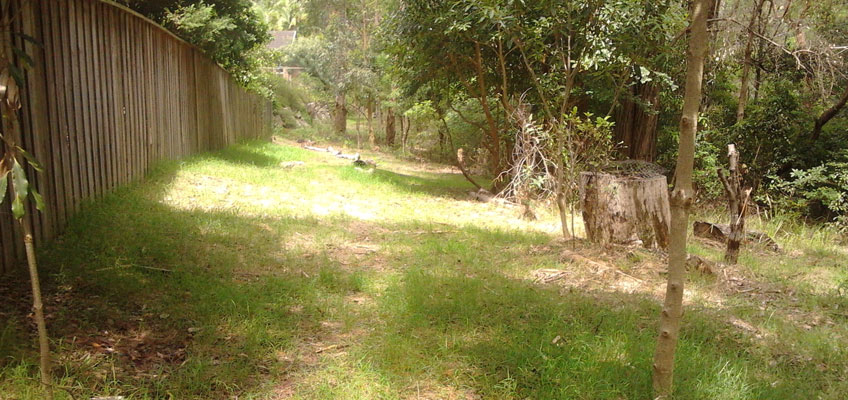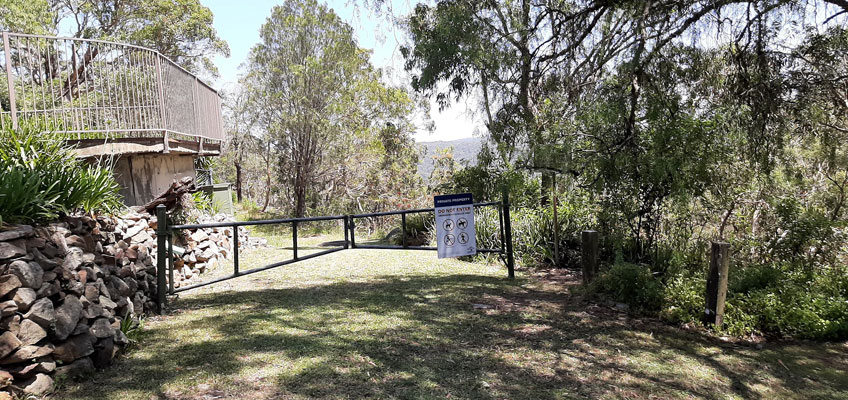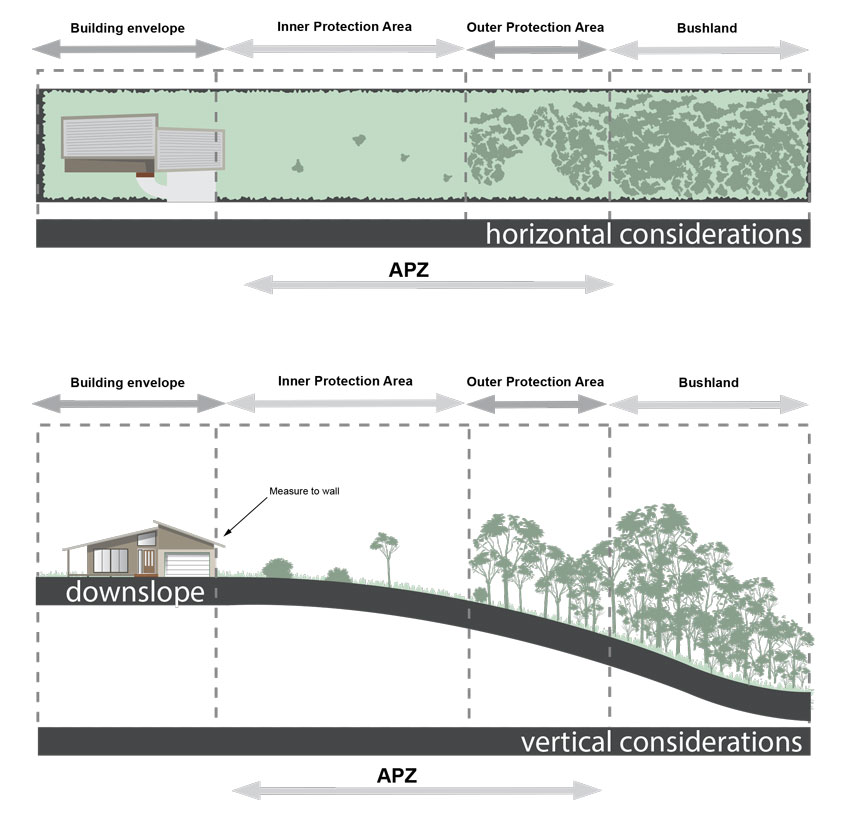Asset Protection Zones

For thousands of years bush fires have been a natural part of the Australian landscape. They are inevitable and essential, as many Australian plants and animals have adapted to fire as part of their life cycle.
Over recent years, Council managed 23 Asset Protection Zones (APZs) covering a total area of approximately 45 000 m2. Sites are located at varying lengths along at the interface where properties meet the bushland to a standard depth of 10m.
Council, in collaboration with external bush fire experts, has further determined and prioritised the level of bush fire risk to community assets at the urban bushland interface. As a result, over the coming 5-year period Council will be expanding its APZ works across a total of 75 sites and an area of approximately 125 000m2.
Further information on APZs is provided in the following section. If you have any questions regarding council APZs please direct them to assetprotection@hornsby.nsw.gov.au
Frequently Asked Questions

An Asset Protection Zone (APZ) is a buffer zone between a bush fire hazard and buildings. The APZ is managed to minimise fuel loads and reduce potential radiant heat levels, flame, localised smoke and ember attack.
An APZ a fuel-reduced area that allows for bush fire related emergency and operational activities between bushland and an asset. Assets are primarily residential dwellings but may include public structures/items, infrastructure and utilities as well as sites of cultural and/or biological significance. The size of the required APZ varies with slope, vegetation and forest fire danger index.
An APZ provides:
- A buffer zone between a bush fire hazard and an asset
- an area of reduced bush fire fuel that allows suppression of fire
- an area from which backburning may be conducted; and
- an area which allows emergency services access and provides a relatively safe area for firefighters to defend assets.
The following link provides a web map that shows the location of existing Asset Protection Zones and those proposed for implementation over the coming 5-year period.
An APZ designed and maintained to standard is intended to reduce the risk of direct flame contact, the effect from radiant heat and ember attack to the asset. Potential bush fire fuels should be minimised within an APZ. This is so that the vegetation within the planned zone does not provide a path for the transfer of fire to the asset either from the ground level or through the tree canopy.
Recommended APZ sites are intended to meet the Planning for Bush fire Protection 2019 (PBP) standards at a Bush fire Attack Level (BAL) of 29. Planning for Bush Fire Protection describes two fuel-managed zones; an Inner Protection Area (IPA) where fuels are significantly reduced and an Outer Protection Area (OPA) where fuels are managed to a more moderate level.

Source: Planning for Bush Fire Protection. NSW Rural Fire Service 2019
An APZ, if designed correctly and maintained regularly, will reduce the risk of:
- direct flame contact on the asset
- damage to the built asset from intense radiant heat; and
- ember attack on the asset
Council minimises ecological disturbance by employing suitably qualified bush regenerators to implement APZs gradually. Non native species are prioritised for removal, and the characteristics of sites are considered when tailoring our approach.
Any questions regarding council APZs can be directed to assetprotection@hornsby.nsw.gov.au
Asset Protection Zones on private property are determined by the performance criteria and acceptable solutions provided in the NSW RFS Planning for bush fire Protection guideline. The appropriate APZ distance is based on vegetation type, slope and the type of development.
Asset Protection Zones may be required as development standards set out in the NSW RFS Planning for bush fire Protection guidelines under the NSW Rural Fires Act and the Environmental Planning and Assessment Act.








